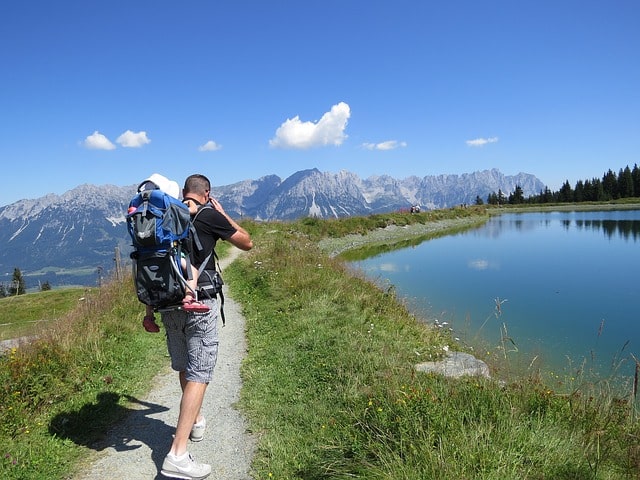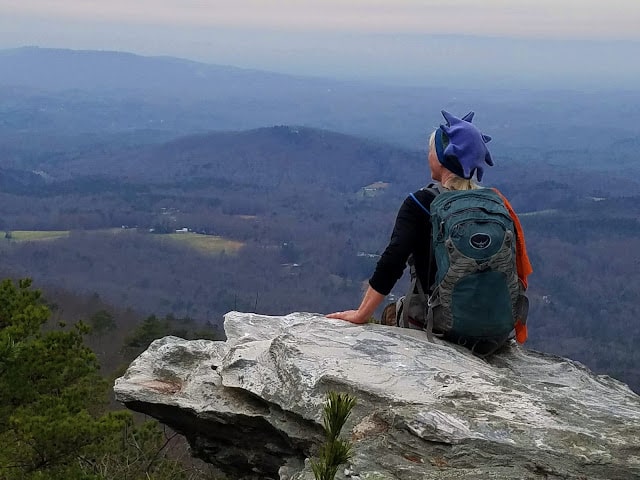Hiking is a beloved outdoor activity that allows you to connect with nature, challenge your physical abilities, and escape from the hustle and bustle of everyday life. While hiking can be an incredibly rewarding experience, it’s essential to prioritize safety to ensure your adventures are enjoyable and incident-free. This ultimate guide to hiking safety will provide you with valuable tips and information to make your next hiking trip a memorable and safe one.
1. Plan Your Hike Carefully
Before embarking on your hiking journey, thorough planning is key. Consider the following:
- Choose the Right Trail: Select a trail that matches your fitness level and experience. If you’re a beginner, start with easier routes and gradually progress to more challenging ones.
- Research the Trail: Familiarize yourself with the chosen trail’s terrain, length, and elevation gain. This information will help you gauge the difficulty of the hike and prepare accordingly.
- Check the Weather: Ensure you’re aware of the weather conditions for the day of your hike. It’s best to avoid hiking in extreme weather, as it can pose serious safety risks.
- Notify Someone: Let a trusted friend or family member know about your hiking plans, including your intended route and expected return time. In case of an emergency, someone will be aware of your whereabouts.
2. Pack the Essentials
Packing the right gear and supplies is crucial for hiking safety. Here’s what you need:
- Navigation Tools: Carry a map, compass, and GPS device to stay on track. Familiarize yourself with how to use these tools effectively.
- First Aid Kit: Accidents can happen, so bring a well-stocked first aid kit to treat minor injuries.
- Hydration: Stay hydrated by carrying enough water. The amount needed varies depending on the hike’s length and intensity.
- Nutrition: Pack energy-rich snacks and meals to keep your energy levels up during the hike.
- Clothing: Dress in layers, wear moisture-wicking fabrics, and bring extra clothing to prepare for sudden weather changes.
- Safety Tools: A whistle, flashlight, and fire-starting equipment can be lifesavers in emergencies.
3. Know Your Limits
It’s essential to recognize your own physical capabilities and limitations. Overexerting yourself can lead to exhaustion and accidents. Pay attention to your body and take breaks when needed. If you’re not feeling well or are fatigued, it’s okay to turn back. Your safety should always be a top priority.

4. Hike with a Group
Hiking with a group can enhance safety in several ways:
- Strength in Numbers: In case of an emergency, a group can provide support and assistance.
- Companionship: Hiking with friends or fellow enthusiasts makes the experience more enjoyable and helps combat loneliness in remote areas.
- Shared Responsibilities: Group members can share navigation and safety responsibilities, reducing the burden on any one individual.
5. Stay Informed
Stay informed about local hiking regulations and guidelines. These rules are in place to protect both hikers and the environment. Additionally, consider enrolling in a wilderness safety or first aid course to equip yourself with essential skills.
6. Leave No Trace
Respect the environment and fellow hikers by adhering to the Leave No Trace principles. These principles encourage responsible outdoor ethics, including disposing of waste properly, respecting wildlife, and leaving natural areas as you found them.
7. Be Prepared for Emergencies
Accidents can happen, even to the most prepared hikers. Have a plan in place for emergencies:
- Signal for Help: If you’re in distress, use your whistle, flashlight, or any other signaling device to attract attention.
- Stay Put: If you’re lost, injured, or unsure of your location, it’s often safest to stay put and wait for help.
- Emergency Contact: Make sure someone knows your hiking itinerary and can contact the authorities if necessary.
By following these hiking safety tips, you can embark on your outdoor adventures with confidence and peace of mind. Remember that safety should always be a top priority, allowing you to fully enjoy the beauty of nature.

